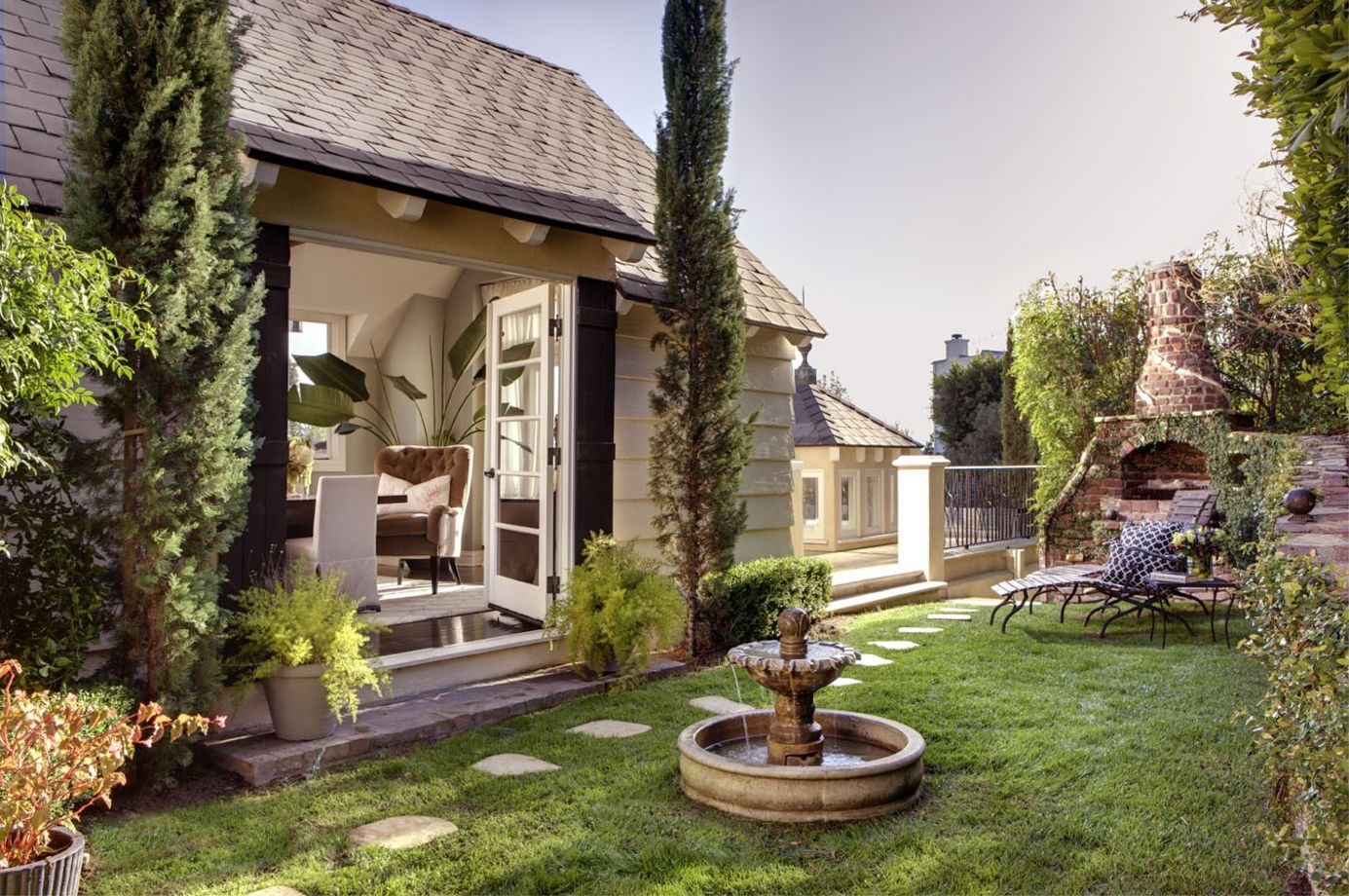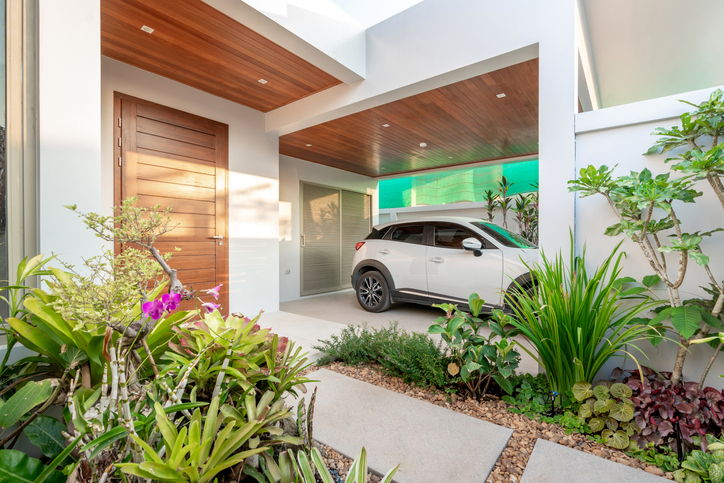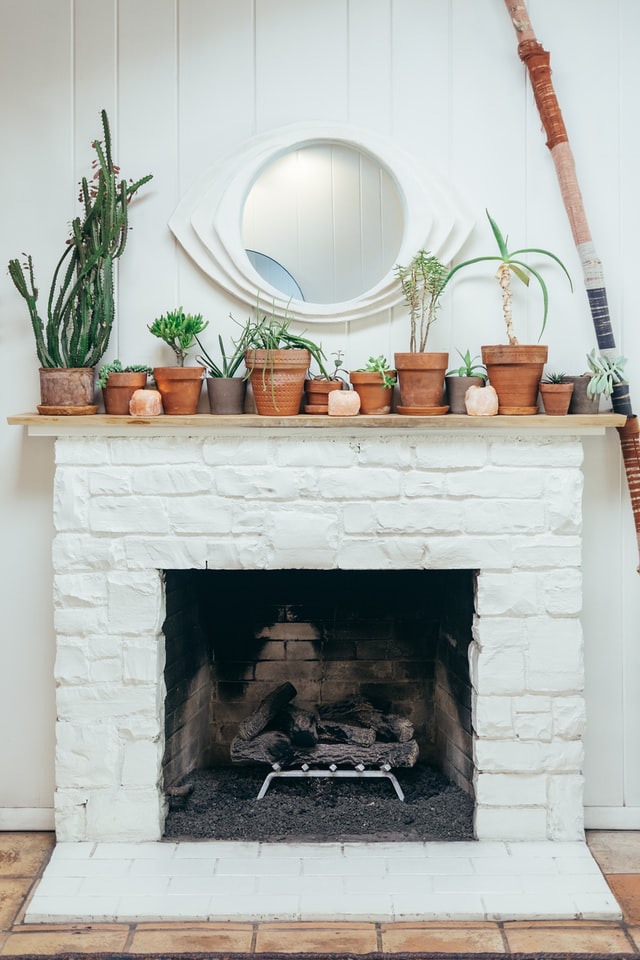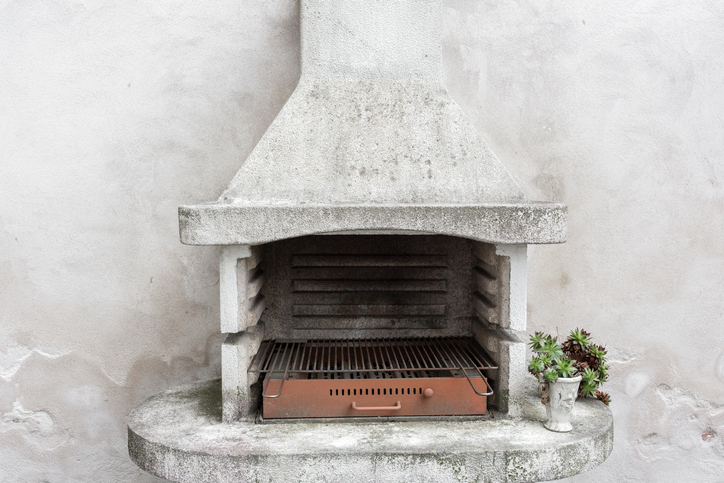Is your yard a place for relaxation or is it a source of stress? Ideally, our front or backyards are places of refuge, allowing us to unwind or entertain with family and friends. Creating an outdoor oasis doesn’t have to be expensive, but it does involve careful planning and wise choices for materials, plants, and furniture. Many of us find that creating that sweet spot in our yard takes time. If you want to get started on designing the perfect environment that makes you feel like you’re on vacation every day, follow these tips for success.
Start with a safe yard
Whether you’re starting with a blank slate or preparing for a major re-do, you’ll want first check out the yard and make sure it’s safe to proceed. This includes checking for loose branches or dead trees, broken fences, poisonous plants, pest infestations, and other potentially hazardous situations. Here are some other common problems to fix:
- Deck: repair loose stairs, wobbly railings, splintered wood, unsafe supports
- Concrete: fix uneven surfaces, clean slippery, or mossy surfaces
- Trees and plants: remove broken limbs, dead trees, poisonous plants
- Pools and water features: install appropriate fencing around swimming pools
- Landscape: work on steep slopes, drainage issues, remove pests
- Lighting: repair broken outdoor lights or install lighting for safety and security
Focus on the freebies
Trimming shrubbery, moving paving stones, pulling weeds, and doing general yard clean-up is a great way to start with a clean slate – and if you do this yourself, it’s free! You can rent a pressure washer to do more work or purchase stain or paint to spruce up your decking. It’s a good idea to start with what’s free before you begin buying new items. Here are some no or low-costs improvements to your yard:
- Landscaping: trim shrubbery, weed garden beds, prune trees, stake fallen vines
- Recycling: move plants to a better location, move paving stones to create pathways, spray paint old containers or pots
- Clean up: detail the BBQ or grill, sweep cobwebs from siding, clean up outdoor furniture
- Be smart: Hire a professional or rent equipment if necessary
Draw up a plan, stay within budget
Smart homeowners draw up a plan for their ideal yard and work within their budget to create a staycation paradise. Rushing out to purchase new outdoor furniture but not leaving enough money for plants won’t make your space feel special. It helps to start with a plan of what you’d like your ideal yard to look like. If you want more greenery or flowers, decide the ideal planting locations (don’t forget to plan for irrigation). If you need to replace your outdoor grill or outdoor furniture, make sure you do some shopping around to get the most for your money (buying off season or at the end of the season is best). Professional landscapers plan out spaces into zones to ensure that all activities (like dining, cooking or playing) fit into the yard as well as fit into the budget. Here are some tips to plan and budget for your outdoor space:
- Budget: don’t overspend, purchase wisely
- Plan: create a plan of action that addresses your yard needs along with your yard budget
- Design: define your backyard zones (cooking, eating, relaxing, playing, etc.)
- Hiring: if you need to hire a professional, make sure you communicate effectively
Fun ideas to try
Your ideal yard may include some extras like a water feature, horseshoe pit, swings, or organic garden. These details can take an average yard and turn it into a place you don’t want to leave. It may even be as simple as adding a few benches for sitting next to your favorite rose bush or a bird feeder set off in the distance. These details can be created, even on a tight budget. Just shop around for off-season sales, look at garage sales, or try Pinterest for some done-in-a-day DIY projects (like this outdoor entertainment bar cart). Here are some other features that can elevate your yard:
- Create your own water feature
- Add ambient lighting for evening
- Add drapery or shading
- Try bringing some of your indoor pieces outside
- Use colors or patterns you don’t normally use to create a sense of escape



